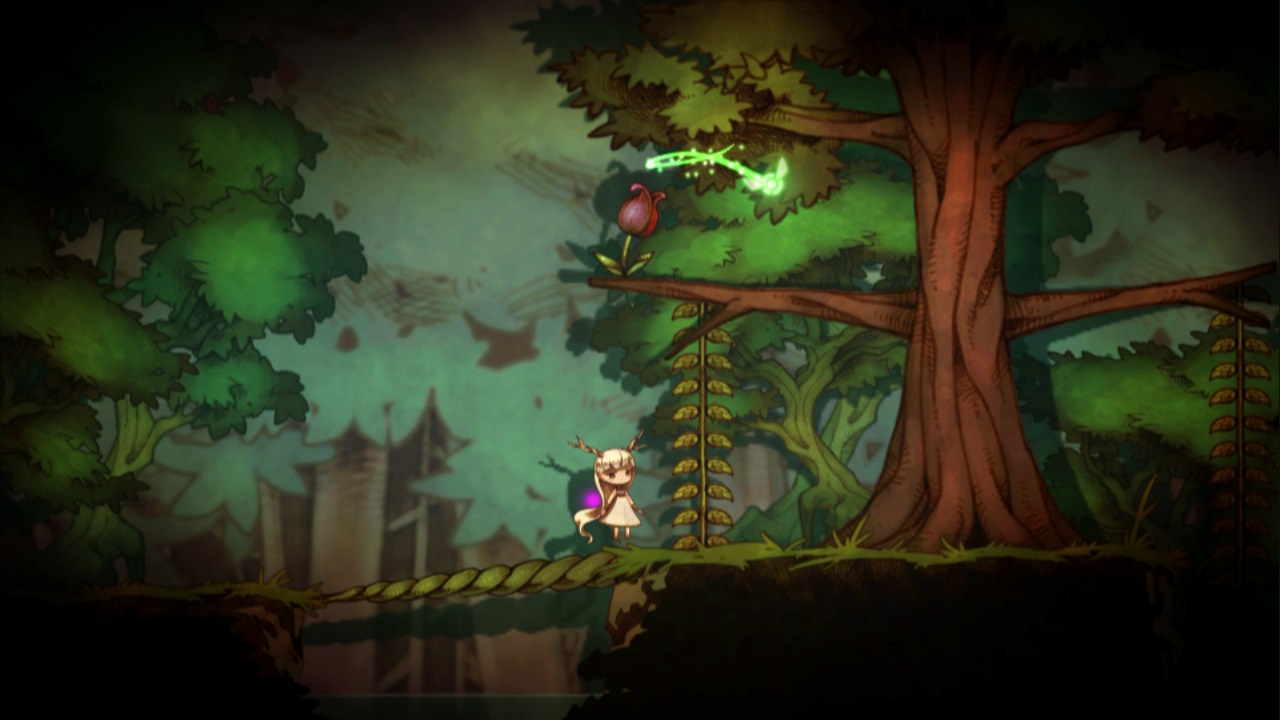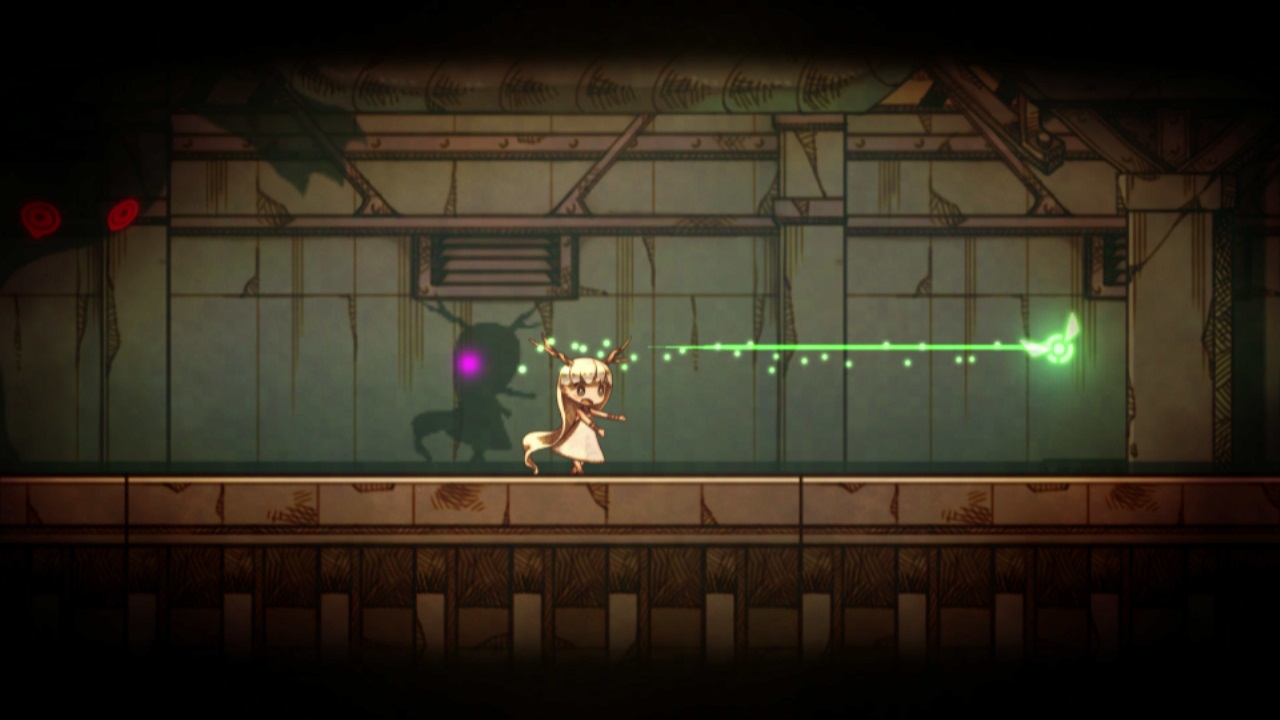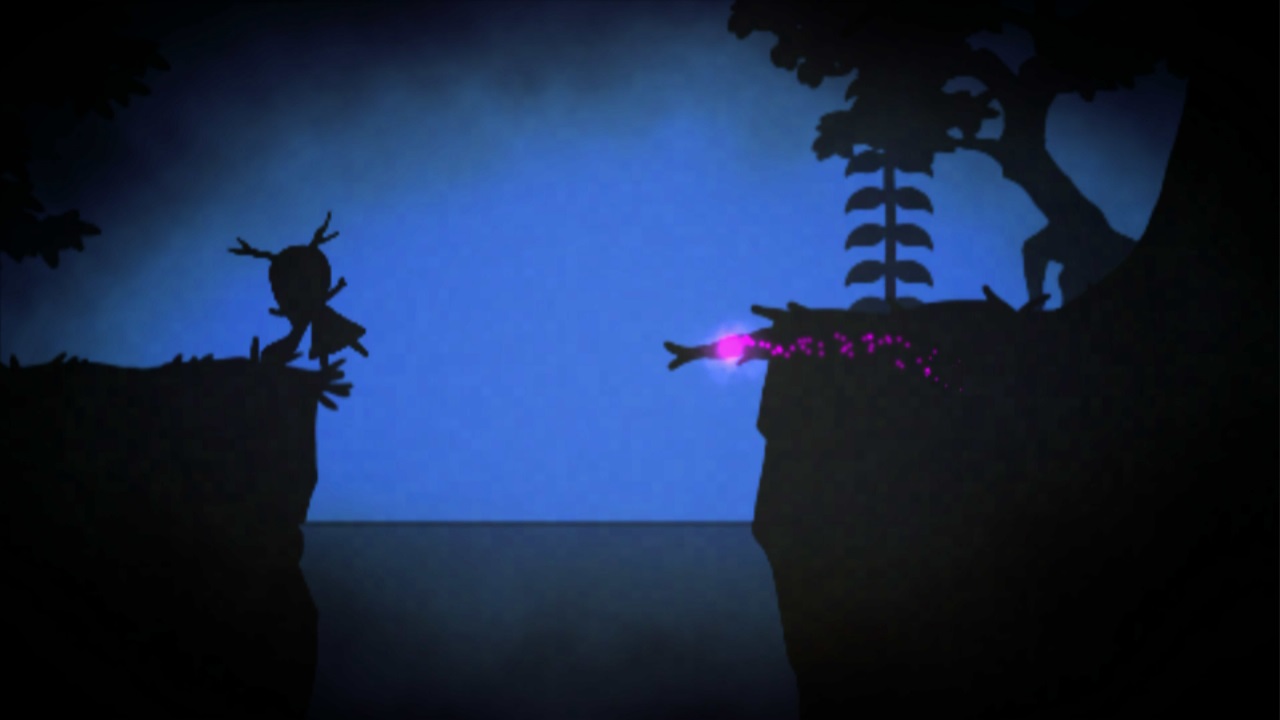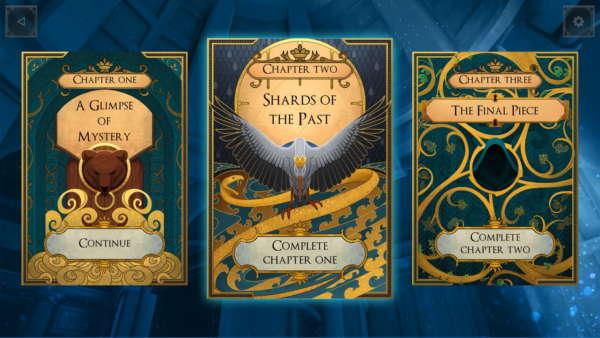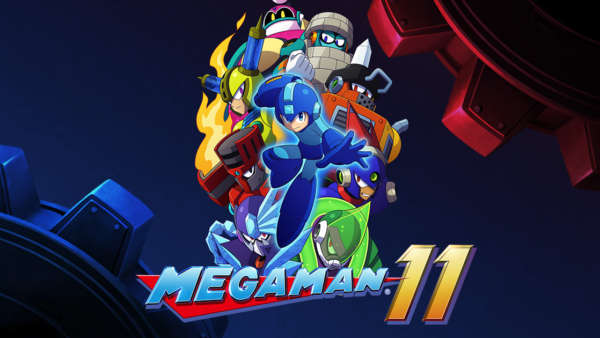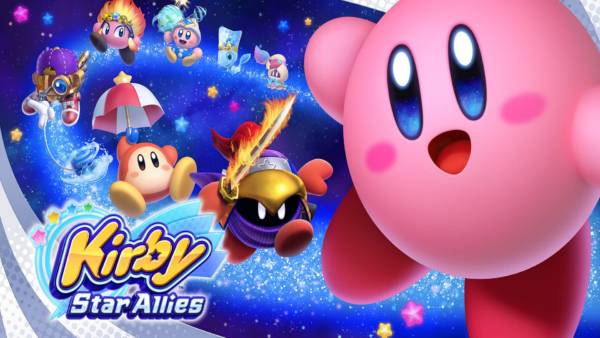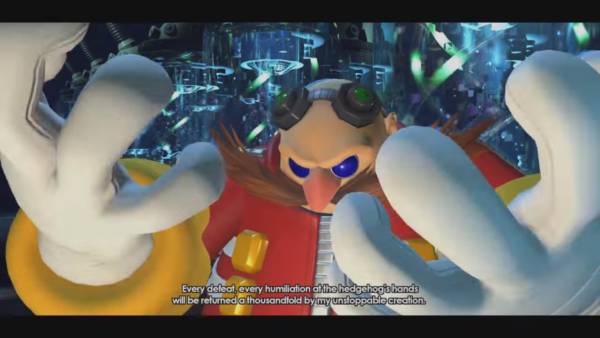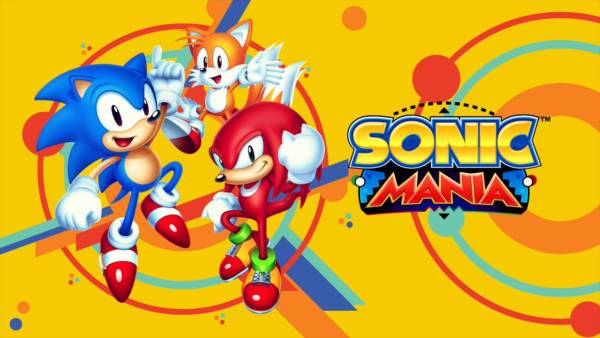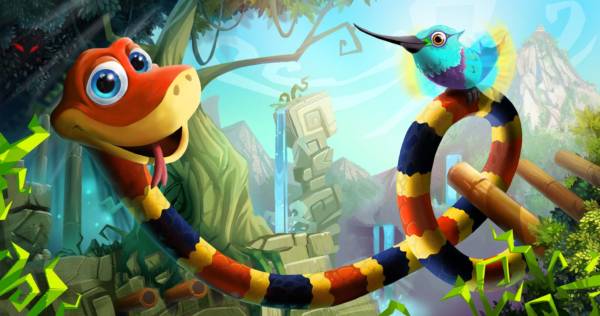If you believe the sheer amount of doomsday fiction that has been produced, the world will fall into an apocalyptic state in one way or another. Nippon Ichi Software have decided to offer their take on this prediction with htol#NiQ: The Firefly Diary, a puzzle platformer that shares similar traits from other successful titles in the genre such as Fez, Super Paper Mario and the Trine series while also offering a unique perspective into the world beyond our conceivable lifetimes.
At the literal end of the world, a young girl with no memory named Mion awakens to find herself trapped at the bottom of a devastated industrial building. With the assistance of a firefly named Hotaru, and a purple entity that exists only in the World of Shadow, a parallel world in which only the shadows of objects exist, Mion hopes to find her lost memories, and see the outside world with her own eyes. Along the way, you must aid the unlikely trio in clearing the rubble that surrounds Mion, as well as defeating the creatures that hide in the parallel world.
What I found interesting was that you do not directly control Mion’s actions, instead you must rely on both forms of Hotaru to guide the young girl through the labyrinthine underground. In the real world, Hotaru appears as a green ball of light, similar to the appearance of Navi in Ocarina in Time, albeit with a different colour scheme. Unlike the attention seeking fairy, Hotaru remains entirely silent and when you move him across the screen, Mion will follow in whichever way she deems appropriate. This could be as a simple action such as walking across a platform, or a more advanced technique such as pushing a crate or pulling a lever. This does work well for the most part, but sometimes Mion’s artificial intelligence causes her to move objects instead of climbing them, leading to some frustrating deaths that could have been avoided.
